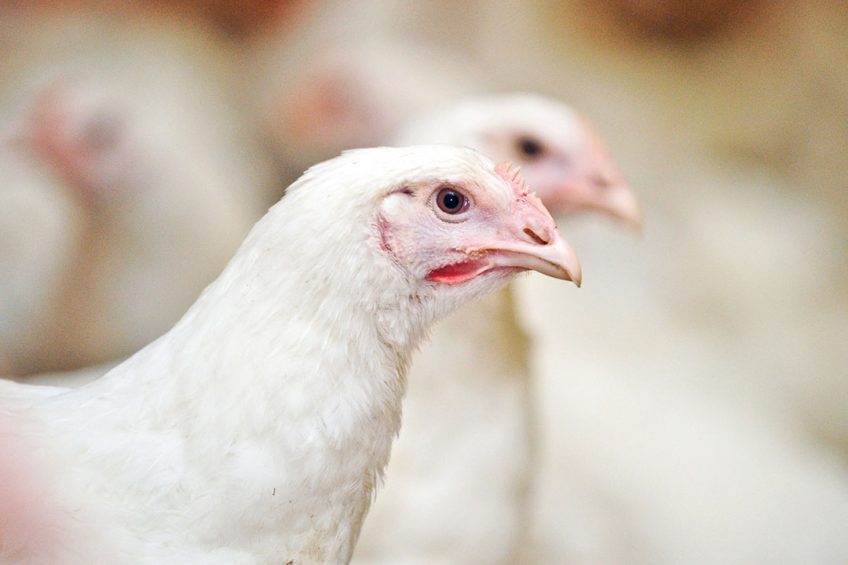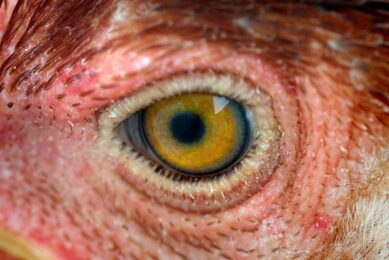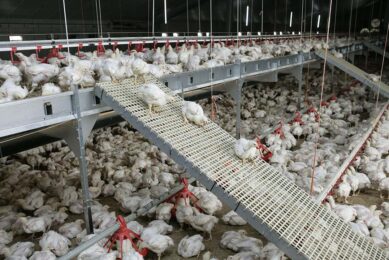Evolution of Marek’s disease in poultry – secrets revealed

2 pieces of research are helping unravel the complex nature of Marek’s Disease Virus (MDV), which is a major threat to the global poultry sector, costing the industry up to $2bn worldwide.
Its ongoing evolution continues to threaten the sustainability of poultry farming, but so far little is known about its genetic diversity.
Now, scientists from Pennsylvania State University, United States, have had research published into the diversity of MDV on 19 Pennsylvanian farms over a 3 year period.
Using 8 polymorphic markers, they found that at least 12 MDV haplotypes were co-circulating within a 40km radius. MDV diversity showed no obvious spatial clustering, nor any apparent clustering by bird line: all of the virus haplotypes identified on the commercial farmers could be found within a single, commonly reared bird line.
Published in the journal Virus Evolution, the research found that on some farms a single virus haplotype dominated for an extended period, while on other farms the haplotypes changed over time.
In some instances, multiple haplotypes were found simultaneously on a farm and even within a single dust sample. On one farm, co-occurring haplotypes clustered into phylogenetically distinct clades – both as high and low virulence pathogens.
Check out the interactive Poultry Health Tool – with the latest insights on the 40+ most common poultry diseases.
However, the greatest diversity of haplotypes discovered was not found within a commercial flock but a backyard holding, which was experiencing a clinical outbreak of the MDV.
The research team said future work to explore the evolutionary potential of MDV might be directed toward farms that harboured multiple virus haplotypes, including both backyard farms and farms experiencing commercial Marek’s disease.
Pathways to generate control strategies
Meanwhile, scientists at the UK-based Pirbright Institute have demonstrated that production and storage of fat is required for MDV replication in chickens. Their research identifies new pathways that are involved in the development of the disease which can help generate control strategies to reduce virus spread, according to the Institute.
Published in the Journal of Virology, the researchers identified chemical inhibitors that disrupted 2 different but connected fat production pathways, which significantly reduced virus replication. Although these inhibitors helped the team to identify the cellular mechanisms that the virus disrupts during its infection cycle, they would not be suitable for antiviral development due to their side effects and potential transfer to eggs and meat.
Dr Shahriar Behboudi, head of the Avian Immunology group at Pirbright, said: “Some viruses exploit host cell machinery to produce components required for their replication and spread. We found that MDV uses the host cells to produce and store fats, contributing to the replication of the virus and possibly clogging the arteries.”
Join 31,000+ subscribers
Subscribe to our newsletter to stay updated about all the need-to-know content in the poultry sector, three times a week. Beheer
Beheer








 WP Admin
WP Admin  Bewerk bericht
Bewerk bericht